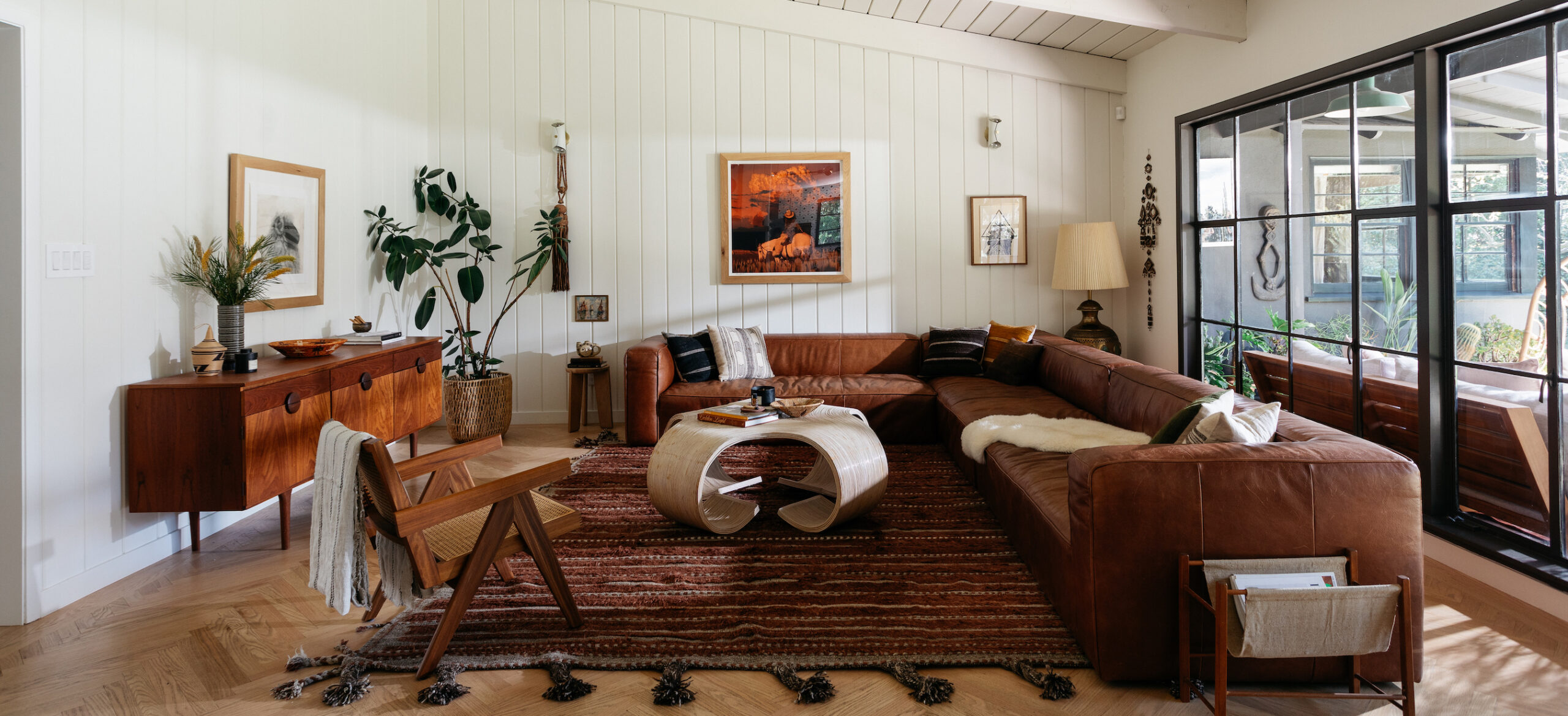Los Angeles interior designer Kirsten Blazek, founder of the highly successful A 1000 x Better studio, talks to Effect Magazine about her journey from Scotland to California, and her love of mid-century ranches and historic houses.
Kirsten Blazek originally launched A 1000 x Better, her LA-based business, as a home staging company back in 2014. With no formal education in design, she entered the world of interiors by creating highly personalized spaces for realtors in her neighborhood, eschewing the theory that homes for sale should be blank canvasses upon which buyers could project their own vision of domesticity.
Despite her contrarian approach, the homes that Kristen styled sold almost immediately. On the heels of her success, she started fielding requests to design people’s own homes. The rest, as they say, is history, and Kristen now heads up a highly successful interior design business which brings her love for traditional homes, rustic accents, vintage furniture, and an injection of her own personal style into the mix.
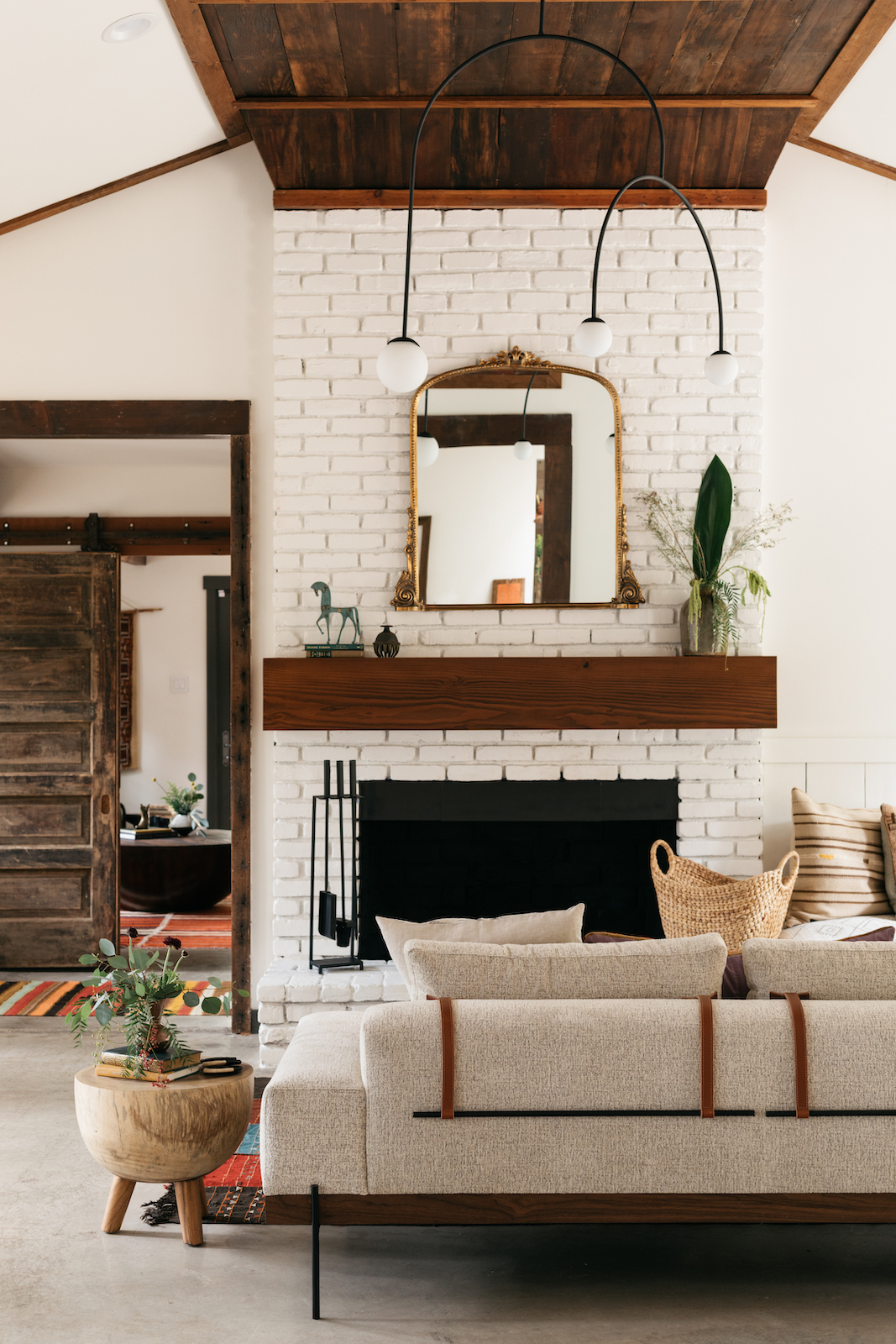


How did growing up in Scotland impact your approach to design?
I grew up in a historic village called Falkland (Fife), which is known for its royal palace. I lived across from the palace and used to work there as a tour guide. I also grew up in a beautiful stone home which my mom, although she was not a creative, decorated with her own sense of style. By osmosis, I was definitely impacted by these traditional environments. I also used to decorate and redecorate my own bedroom, lugging furniture from one end to the other. I didn’t even know that interior design was a career back then but I was obviously drawn to it without even knowing it.
I don’t see objects as inanimate. They all have a life and a soul. They were made at a particular time, in a particular way and they add so much dimensionality to a project.
Kirsten Blazek
Growing up in a traditional Scottish home, with post-war parents who were very risk-averse, my suggestion that I attend arts school was not met with enthusiasm! Having both parents in healthcare, I landed up studying nursing at Edinburgh University. Thereafter, I met my ex-husband and moved to the US. I continued nursing for a while but after I got divorced, I had a really hard think about what I wanted to do.
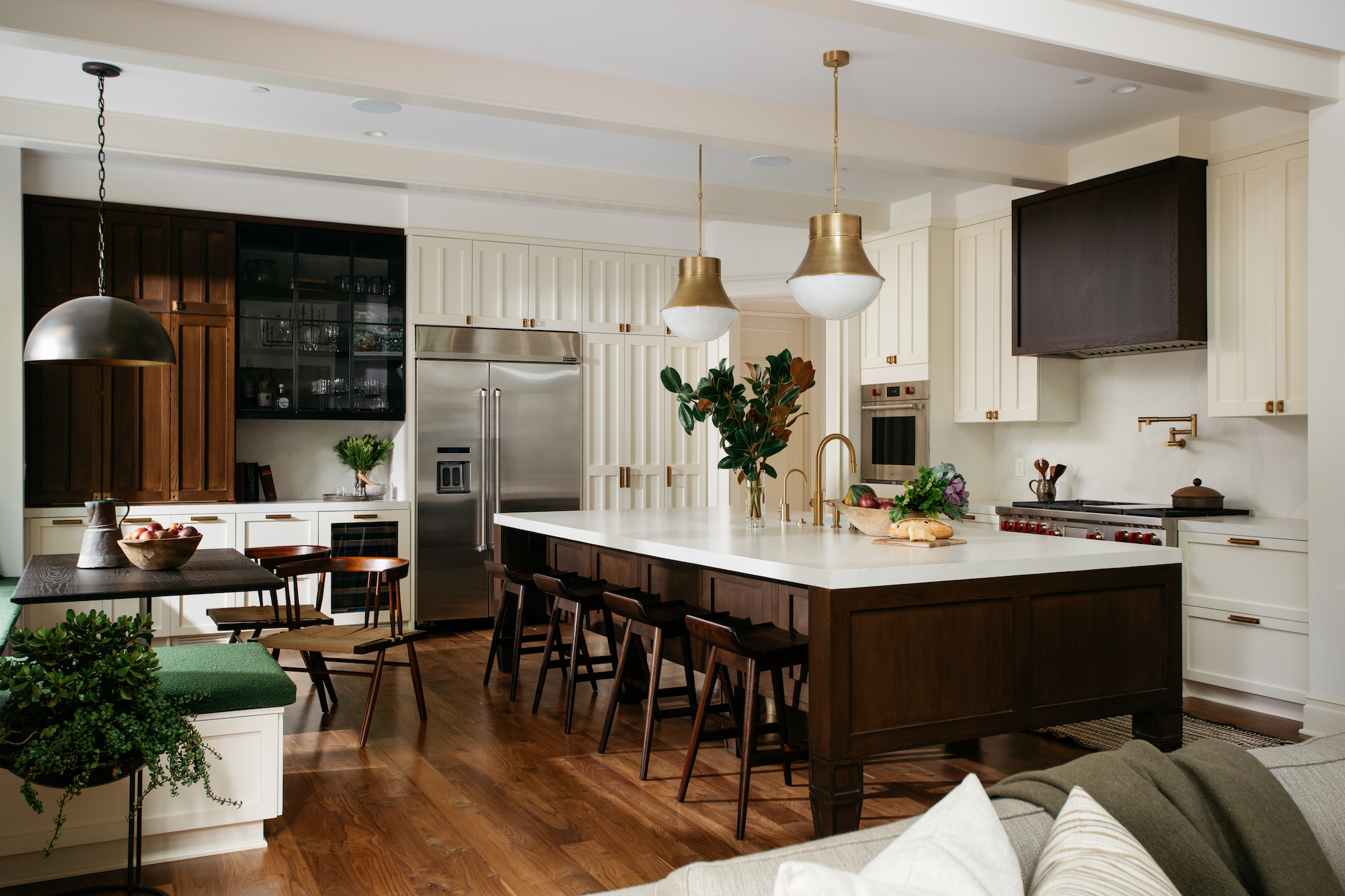

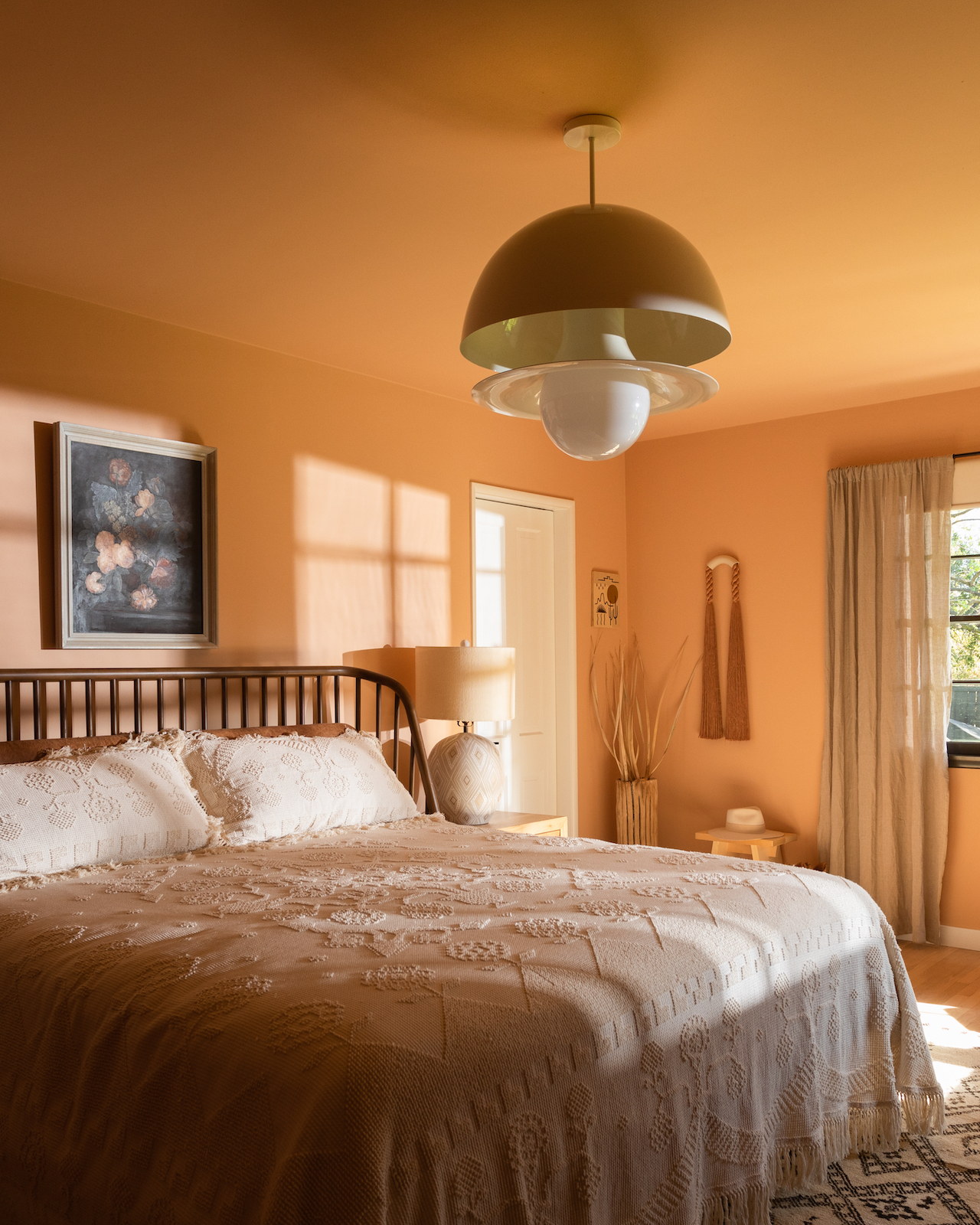
How did you shift gears into design?
Just as I’d put feelers out into the world, my good friend Tamara Kaye-Honey from House of Honey offered me a job as a showroom manager. It was my first foray into design and it got me really excited about the field. But given that I had almost no technical skills, we both realized that I wasn’t the best fit for the position. I asked Tamara if I should go back to school to study design. I even considered getting my real estate license but she felt that I had a really strong eye for design – and that was that. I started doing home staging for local realtors. At that time, home staging was becoming a thing and I capitalized on the trend though subconsciously, I developed a very different approach. I didn’t want to do anything generic. I wanted to make it feel like the people who lived in these homes were cool. That these homes were lived in. I did that for three to four years because I then started receiving lots of inquiries for design services, so I started a staging and design business.
You talk about your studio as being a ‘design family’. How so?
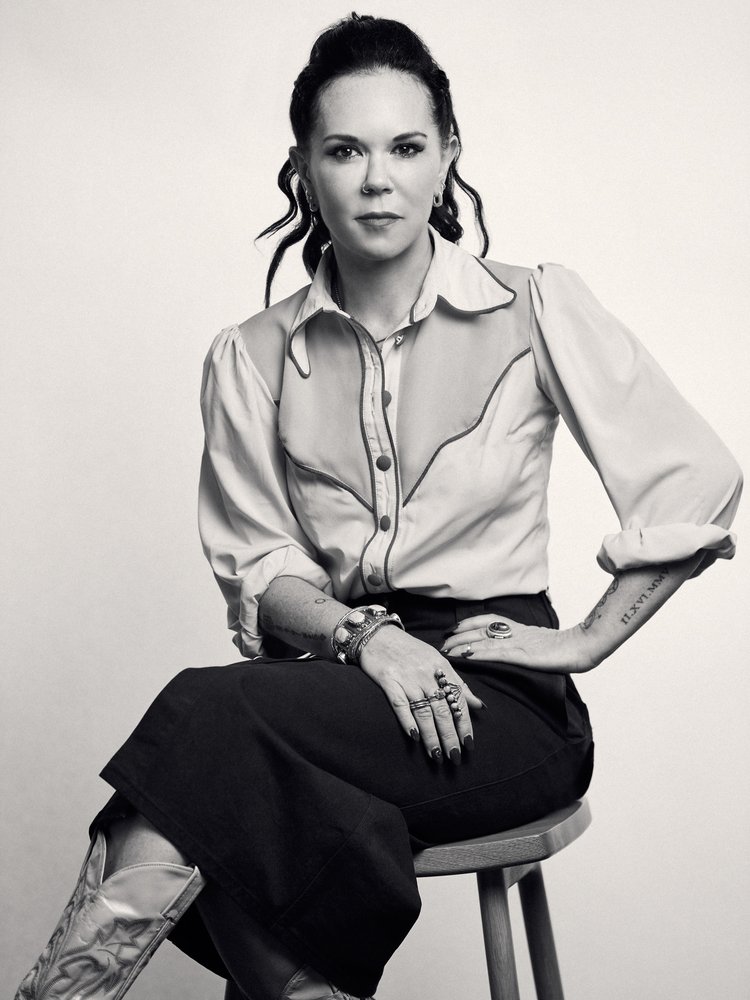
Given that I had limited technical skills as a designer, I knew that I had to build a strong team. So, I have a variety of team members that cover all the skills and capabilities that I do not have or have no interest in. We now have 11 staff members comprising three design teams, with projects as far afield as Michigan, Georgia, Ojai and North Carolina. The team makes it possible to do what we do. The pandemic also taught us that we can achieve far more remotely than we ever thought possible.
Tell us about the origin of the name A 1000 x Better.
It started as a joke between a friend and I as we worked on coming up with a name for the studio. It ultimately came about because we talked about how one new piece of furniture or an object can make a room 100 times better. She suggested we up that to 1000! And so it was. We also don’t like to take ourselves too seriously at the studio. Interior design is not rocket science and we like to have fun along the way.
Your interiors are layered and sophisticated. How do you achieve your signature mix of materials, vintage, art and object?
Using vintage pieces is very important to me. I used to thrift a lot and I had to do a lot of re-finishing, and re-working of old, tired pieces. It really honed my eye and I developed my sense for the beauty and potential in vintage pieces. I do tend to specify newer items when it comes to the bigger pieces in my designs – for example, sofas or sectionals – and then layer in the vintage without going overboard. I never want to be too referential. I find that mid-century pieces work in so many scenarios because of their great lines. I also love to look for vintage textiles, especially in the form of rugs. The rug is the key vintage piece for me and if a client doesn’t have a big budget, I have been known to find more affordable gems on sites like Etsy. Vintage pieces have a soul and a history that you can’t get from newly made pieces. I don’t see objects as inanimate. They all have a life and a soul. They were made at a particular time, in a particular way and they add so much dimensionality to a project. Then I also try to add them into the decor. You can find such great pieces at local flea markets and goodwill stores.

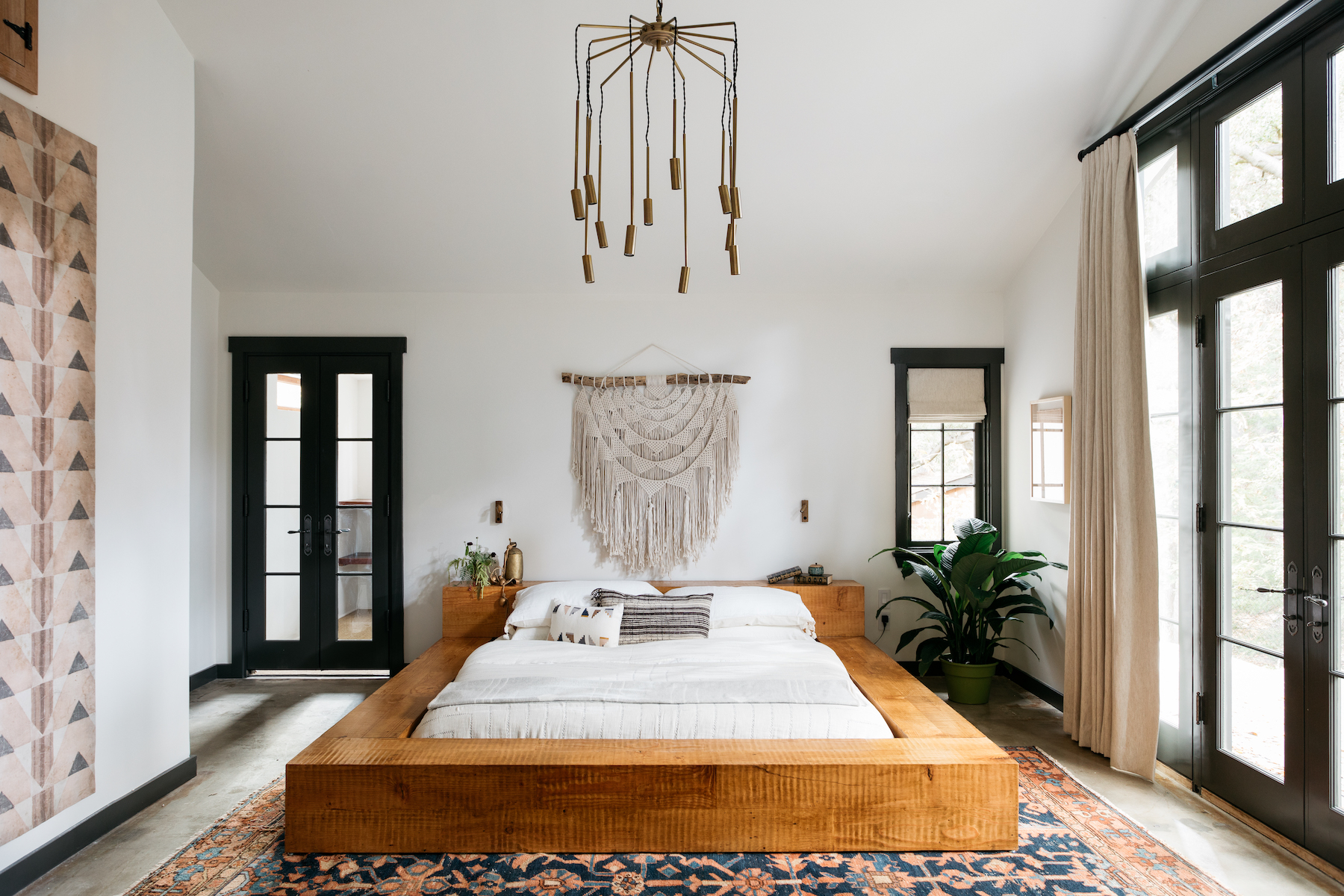
Which projects in your portfolio would you consider seminal in that they had an outsized effect on your career thus far?
The Malibu Canyon Ranch house [above]. A house in dire need of restoration, it was purchased by our clients (an actor and his wife) sight unseen. They gave us a huge amount of design freedom for put our own stamp on it and I am extremely proud of what we achieved. My own house – Linda Vista Mid Century Ranch House – also garnered a great deal of attention. It was the first house that I took down to the studs. I achieved the full renovation of that house in four and a half months without any construction drawings. I think that something of that nature would take about a year now! I really learned how to be a designer on that project. It was the first time that I was fully authentic, sharing my own unique design vision. In the Montecito house and Altadena Spanish kitchen project, I had larger budgets to work with and was able to really achieve more from a design perspective.
Which elements or pieces stand out for you from these projects?
The black and white reclaimed tiles in the Malibu kitchen. I always start a project with one thing – a tile, a piece of furniture, an artwork – and on this project they were these unique tiles I sourced from a British supplier. It set the palette and the vibe.
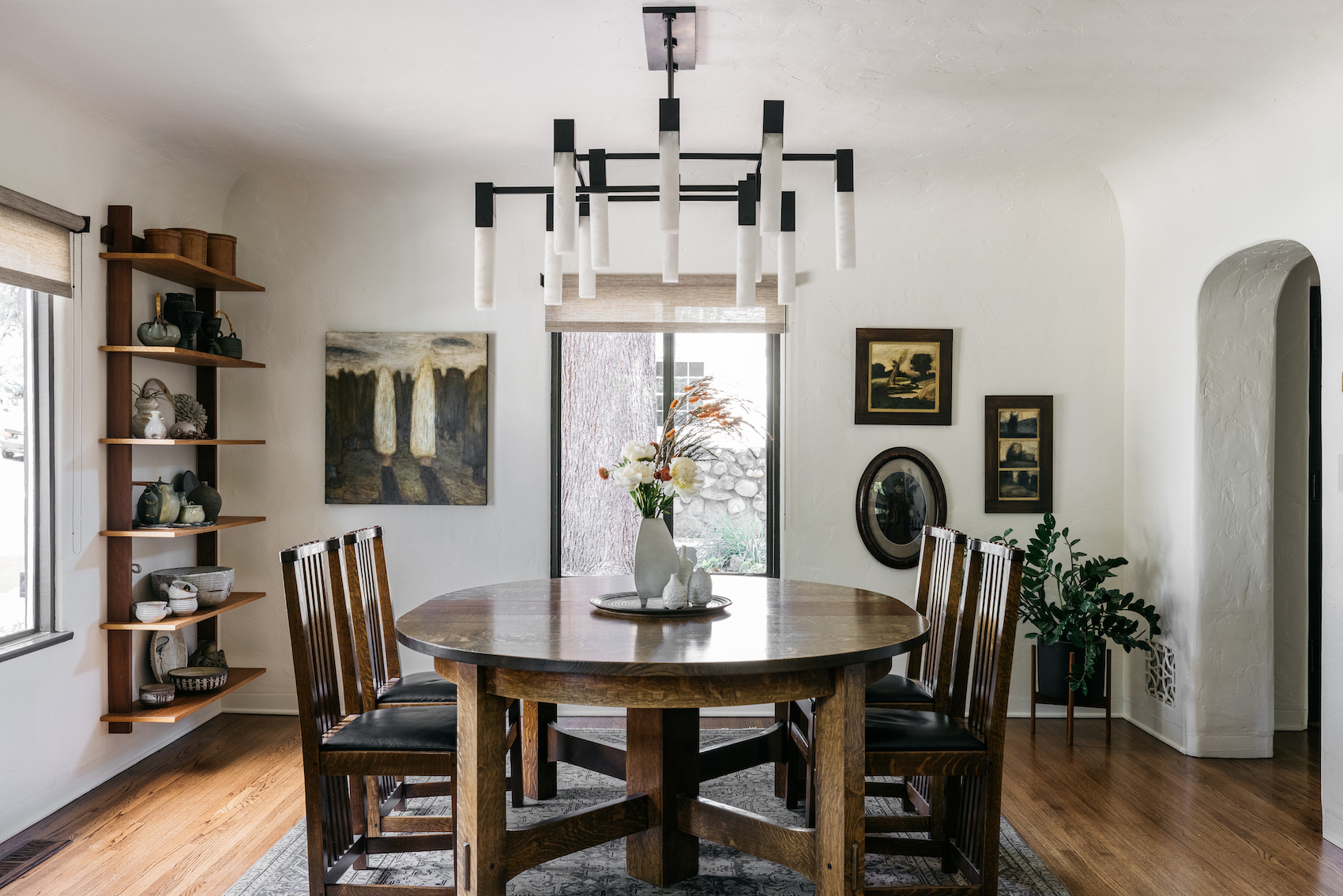


You work within a variety of architectural styles – craftsmen, mid-century, ranch homes to name a few. What is your approach to the interiors when working in these contexts?
I don’t like to fight the style of the house. On the contrary – I love older houses because they have so much soul. We mix and modernize – interpreting the clients’ aesthetic, and layering in our own – but ultimately I like to pay homage to their origins. It’s always about finding balance between what a client wants and what I think is appropriate for a house. I also like to respond to natural context: is a house in the city, in the woods, near a mountain? A combination of things dictate the interior. I actually find it trickier working within contemporary environments because they lack the personality of the older homes.
How do you overcome that lack of innate character?
By adding layering in the furnishings; by creating varied and interesting lighting and with textured and visually strong wall and window treatments. A typically a more expensive undertaking. We just finished a Japandi style house that is a new build, and instead of just painting it white, we rendered it in a dark green. It made a significant difference to the project. It’s all in the detail.
All images by Virtually Here Studios
Read more: Interior Designers I Interiors | Vintage | Design | Los Angeles | Malibu | California | USA | Mid-Century



